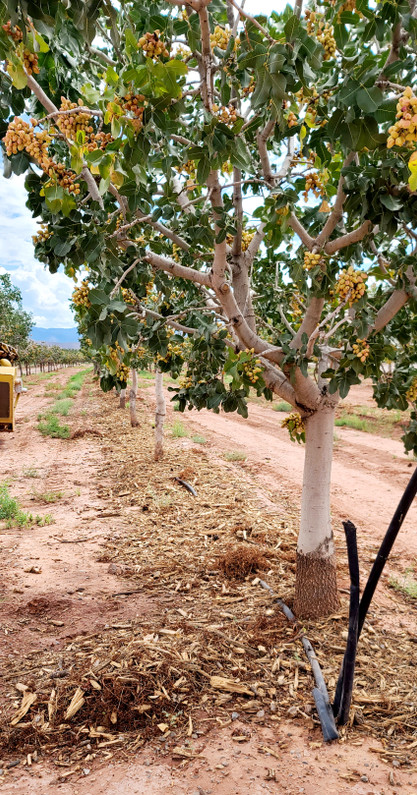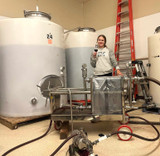PistachioLand: Sustainable Farming Practices
Farming in the desert, even a desert crop like pistachios, can be challenging at best. The soil is a reddish-brown clay, rocky, caliche ground which water does not penetrate easily. We utilize drip irrigation to augment the minimal 6 inches of annual rainfall. Unwanted weeds pop up wherever a drop of water reaches. Temperatures can warm up to 105 degrees F on summer days. Birds and ground squirrels prey on the wine grapes and the ripe pistachios. These crop competitors present tough challenges to farmers who, of course, want to optimize their harvest.
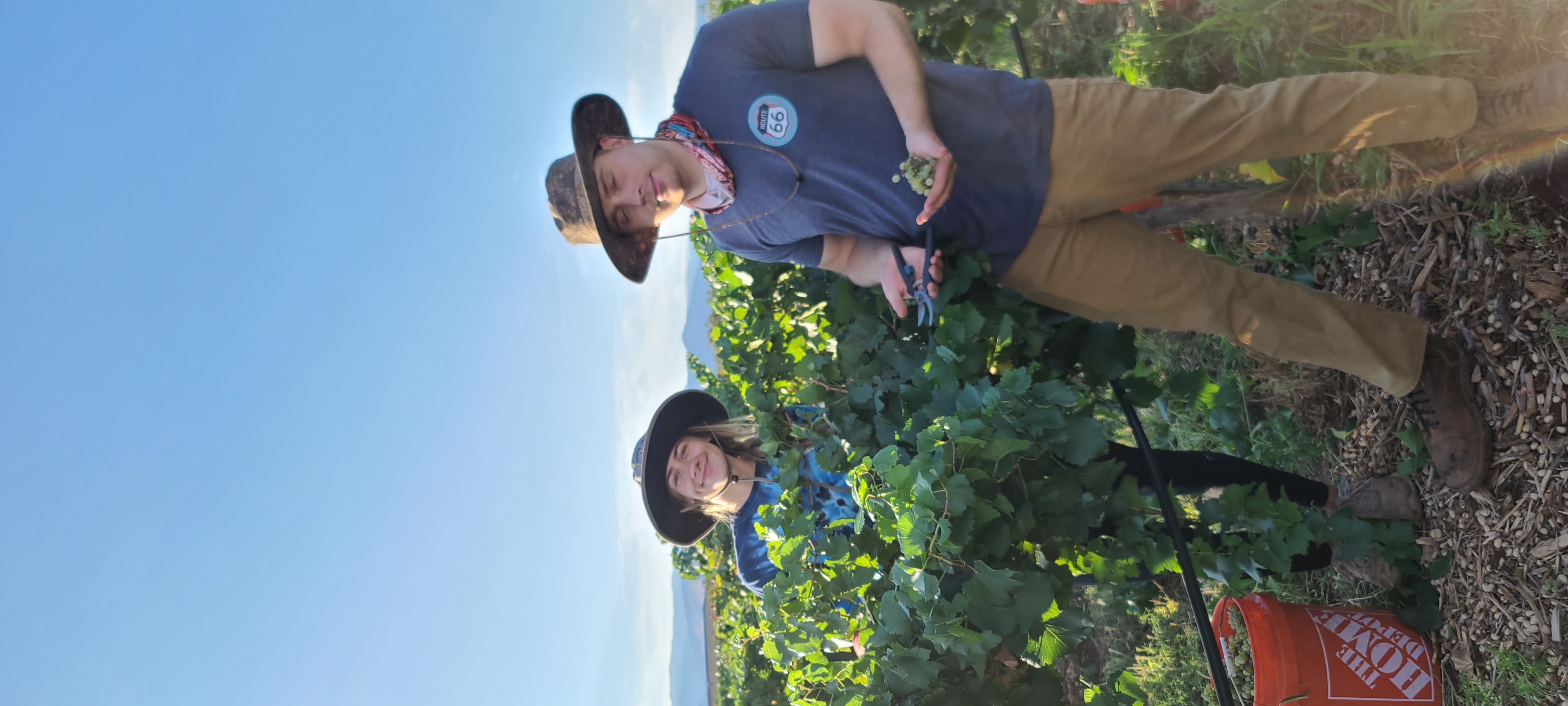
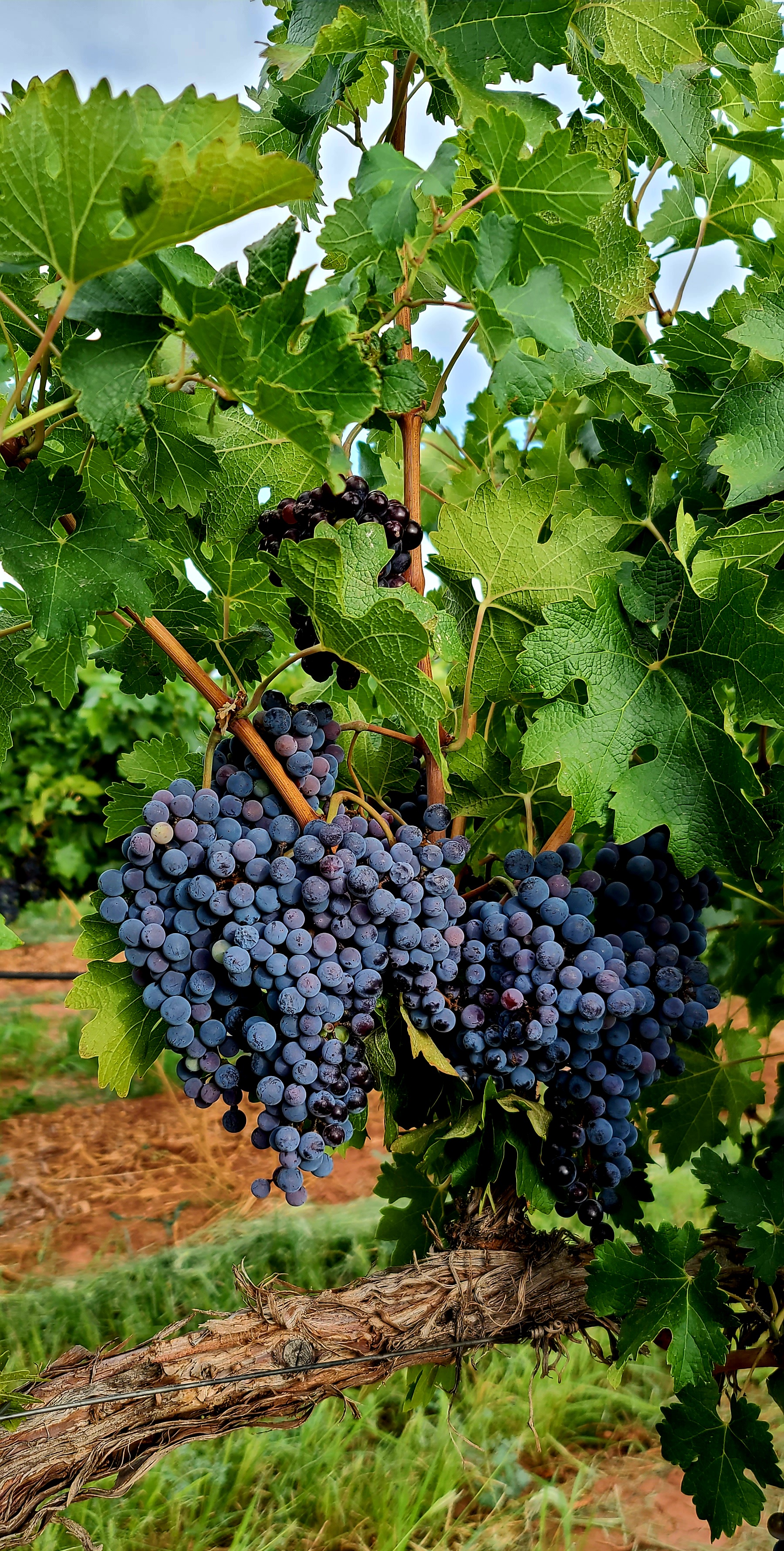
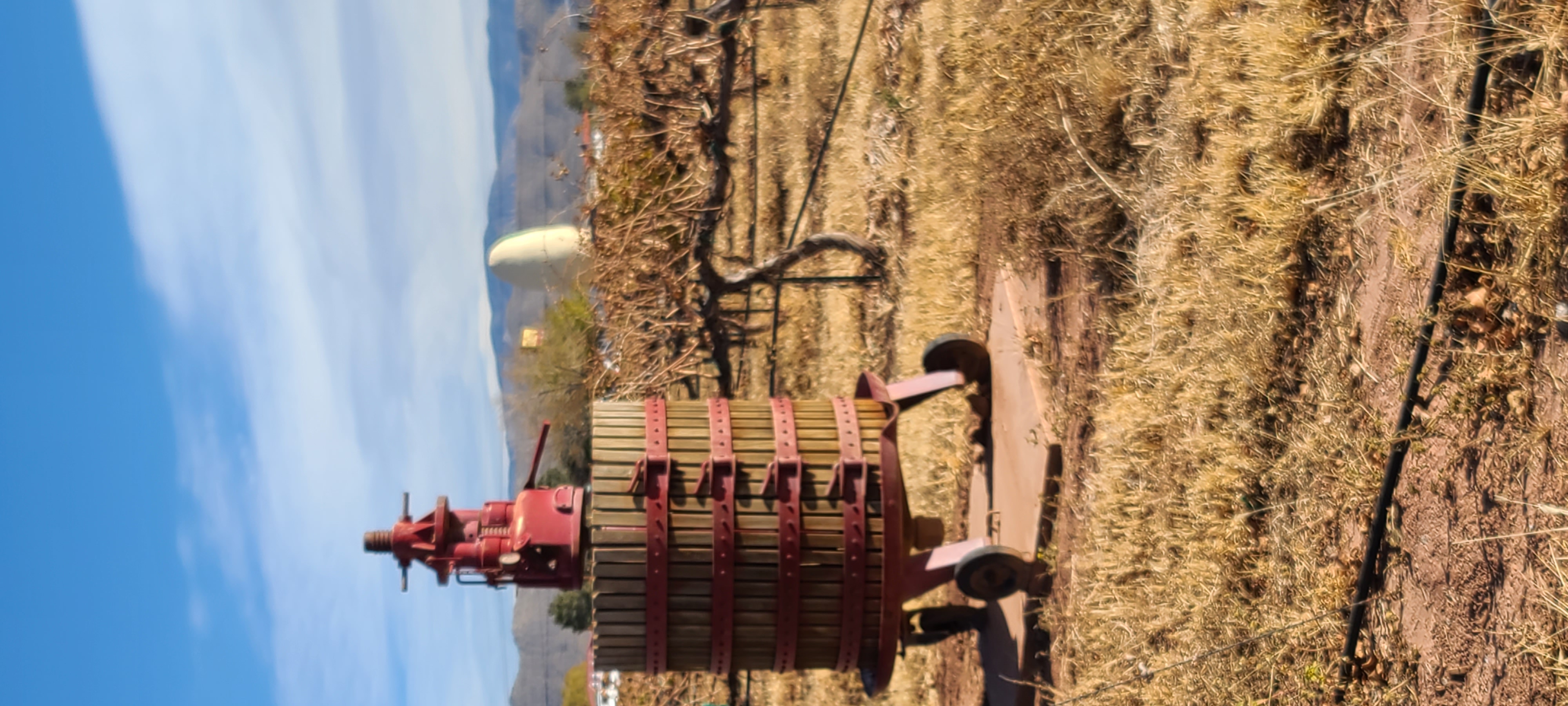
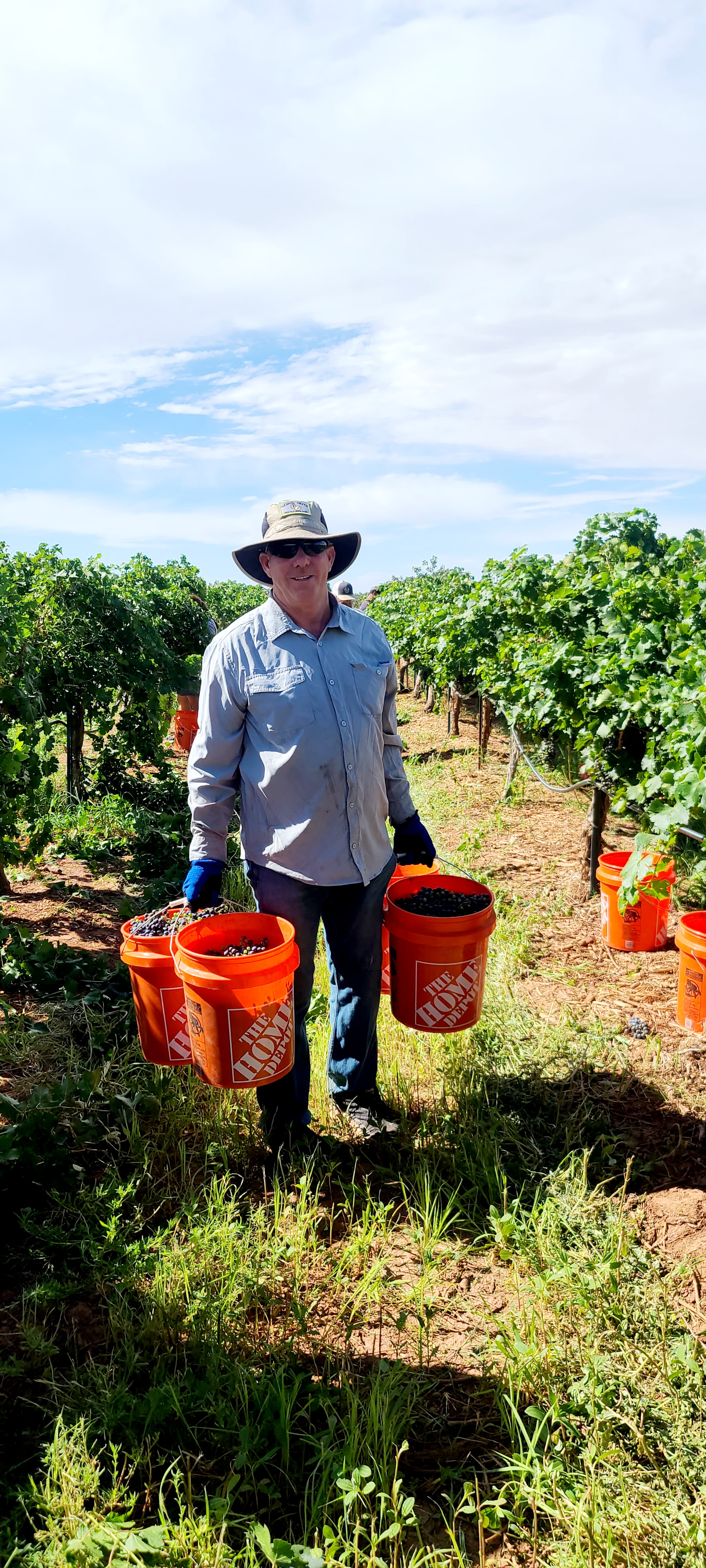
PistachioLand Farming Practices:
We focus on soil health to stimulate healthy plant growth and to produce crops free from pesticides and engineered fertilizers. Seeding cover crops throughout the vineyard and orchard, as well as utilizing mulch from our surrounding mountain forest, is our vision in building healthy soils, reducing weed growth, and optimizing the rain and ground water irrigation. Spring and winter cover crops are made up of more than 10 species of plants designed to increase soil organic matter and to control weeds. Legumes, brassicas and broadleaf plants all help to build soil. Legumes convert atmospheric nitrogen (a nutrient lacking in our soil) to the plant roots of the trees and vines. Brassicas provide nutrients and broadleaf plants break up soil compaction and attract beneficial insects into our fields. Wood chip mulch is incredibly effective at reducing weeds around the base of our trees and retaining moisture. Mulch, at adequate depths, helps cool the soil and allow the growth of beneficial bacteria and earthworms, which turn organic matter into food for healthy trees and vines.
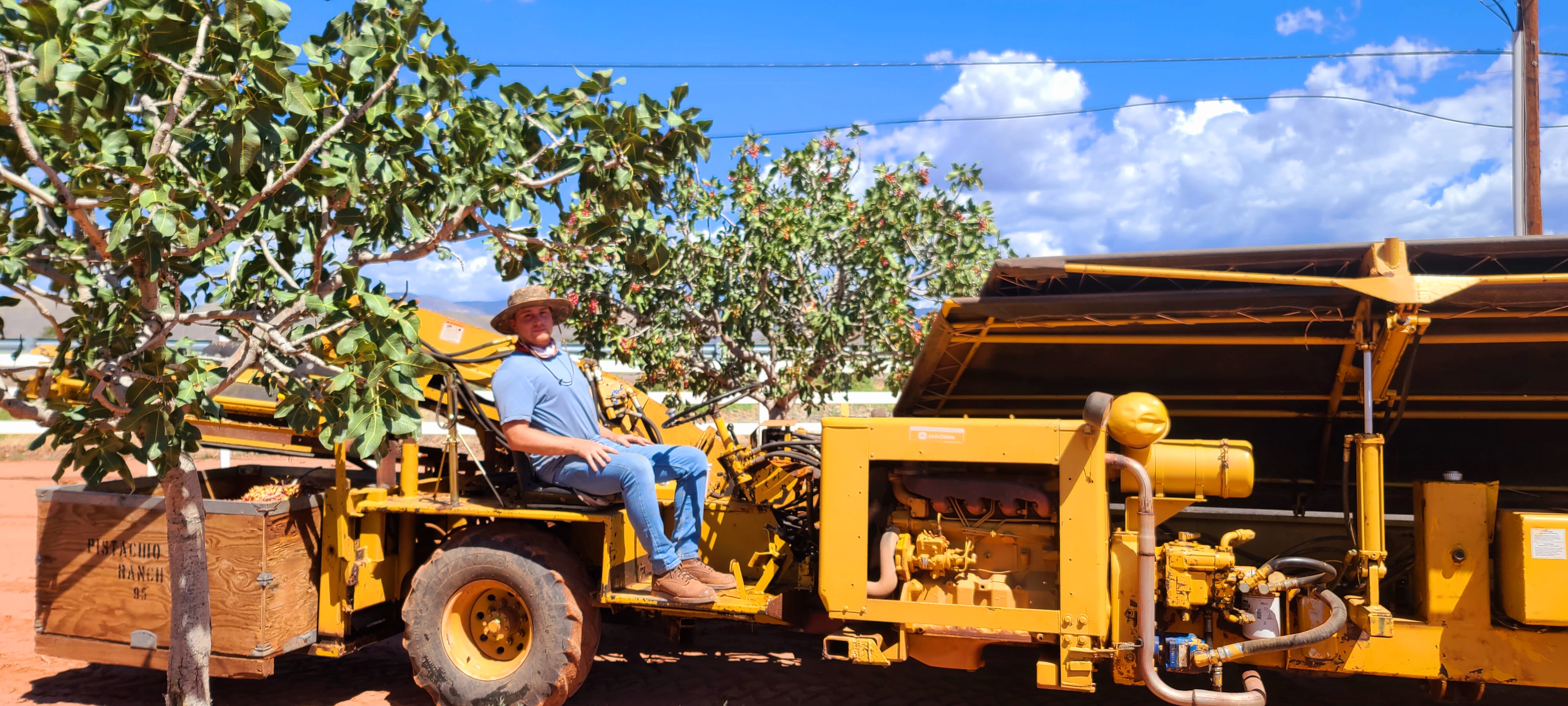
PistachioLand is home to 12 acres of wine grapes including Cabernet Sauvignon, Chardonnay, Gewurztraminer, Zinfandel, Merlot and Chenin Blanc. The first pistachio trees were planted 44 years ago in 1980. Today, PistachioLand is home to 12,500 trees on 95 acres of high desert land.
Recent Posts
-
About Our Winemaker Sheyenne Drake
Meet Sheyenne, a native of Alamogordo, New Mexico, whose journey from a young environmental enthusi …Apr 10th 2024 -
PistachioLand: Sustainable Farming Practices
Farming in the desert, even a desert crop like pistachios, can be challenging at best. The soil is a …Mar 8th 2024 -
The Giant Alamogordo Landmark at McGinn's Hwy 82 Store
Located at #37 Highway 82 right at the Alamogordo City Limit sign is the Giant Alamogordo Landmark. …Mar 3rd 2024

